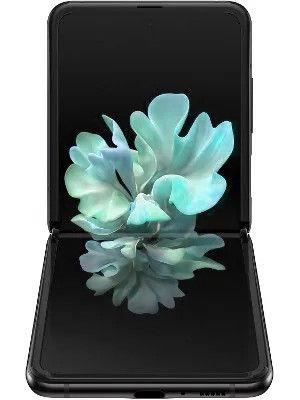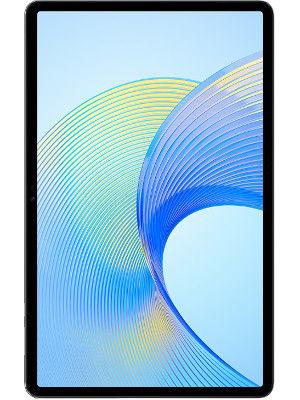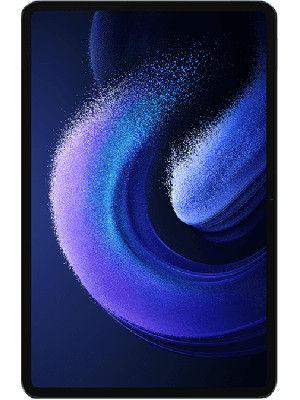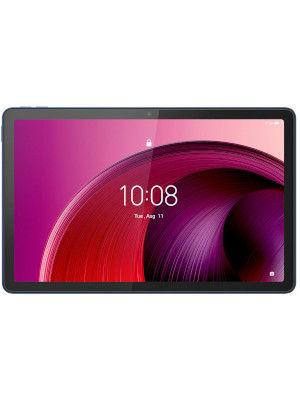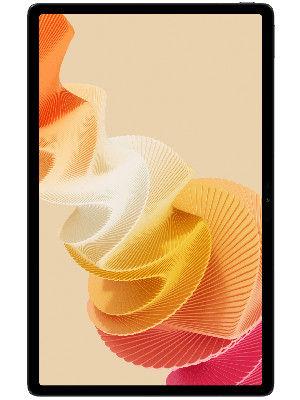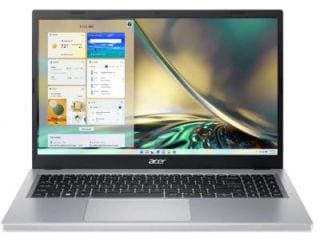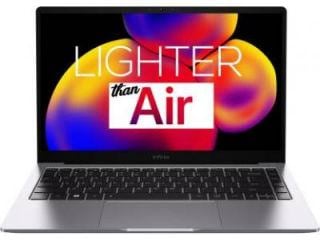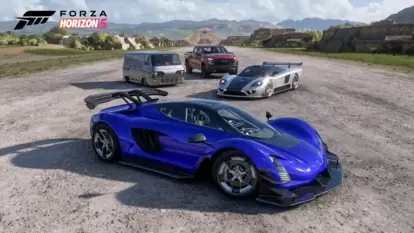ISRO to launch ESA's Proba-3 mission for solar research using PSLV from Sriharikota today
ISRO is set to launch the European Space Agency's Proba-3 mission today using PSLV, aiming to study the Sun's corona and enhance space weather understanding.
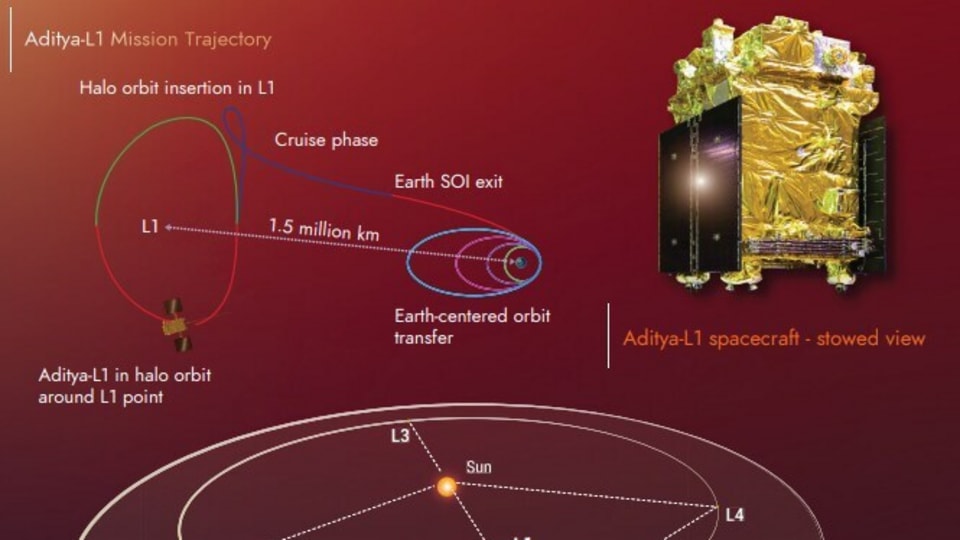
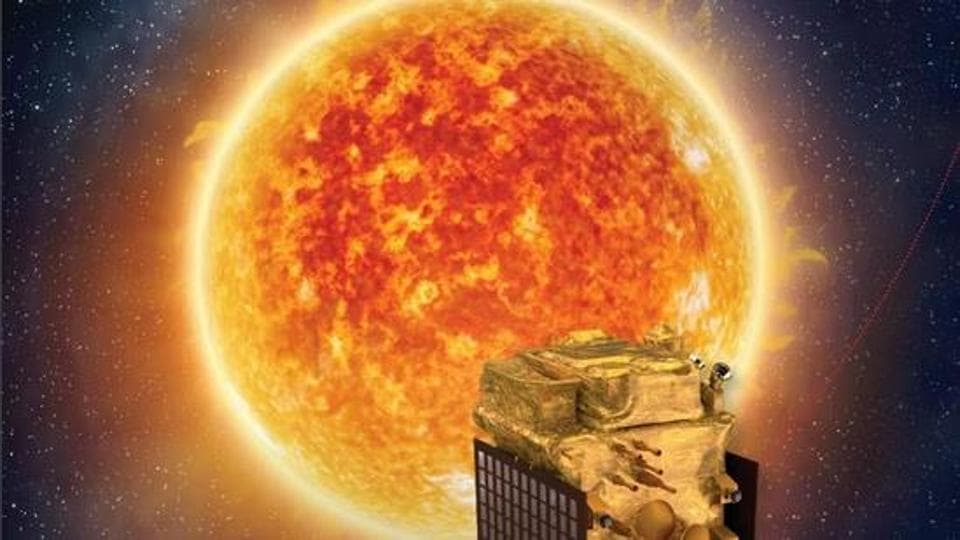
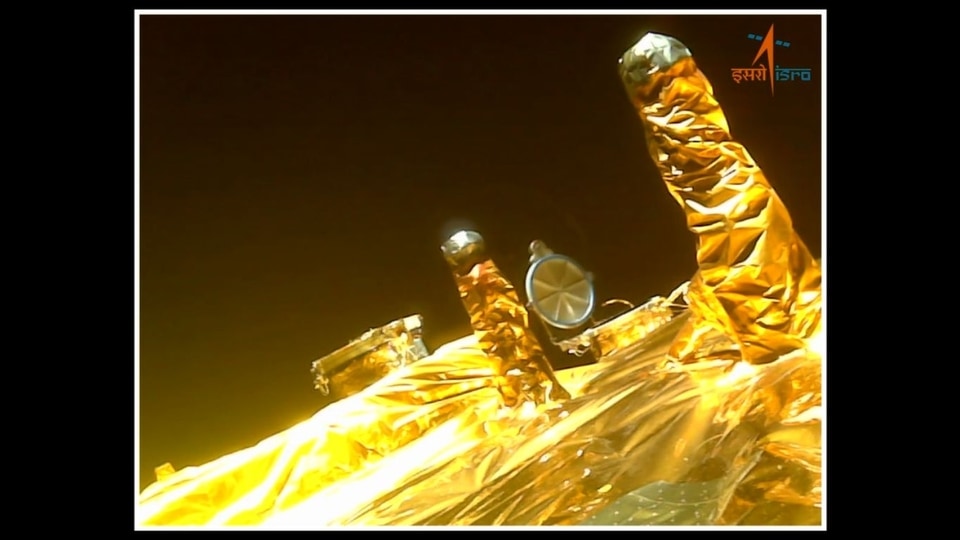
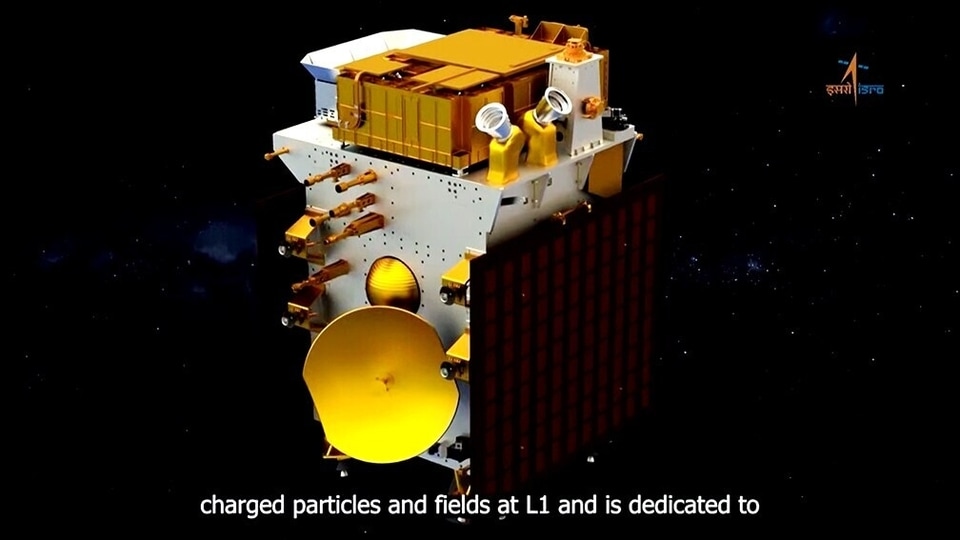
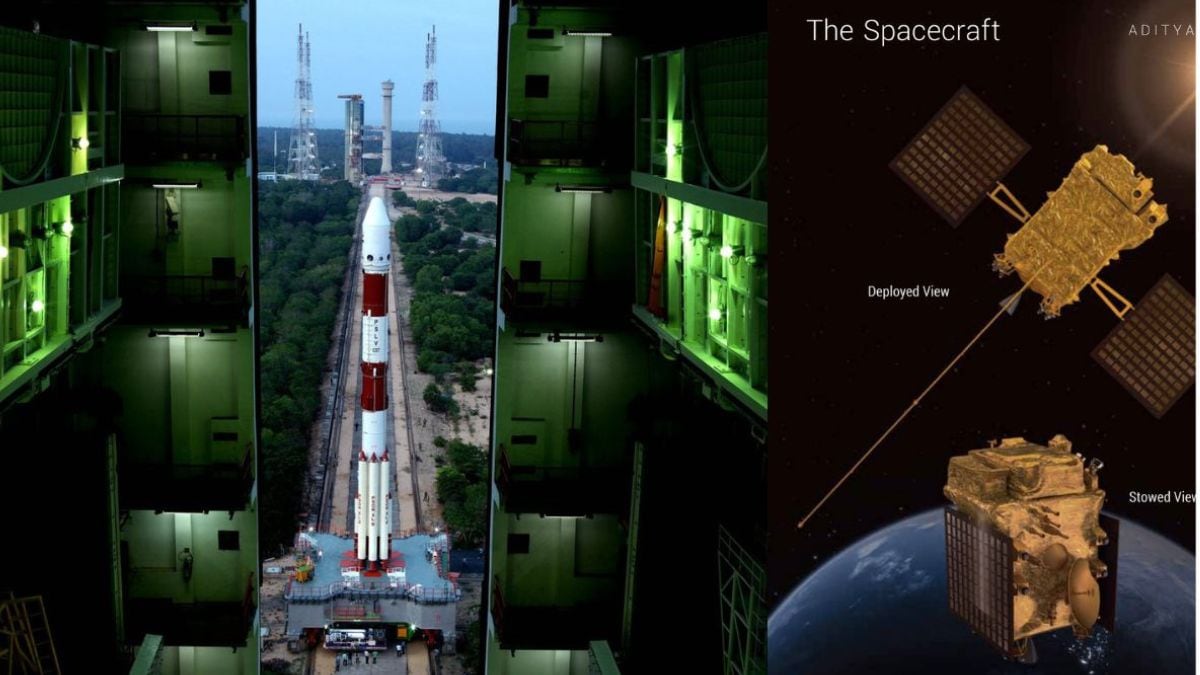
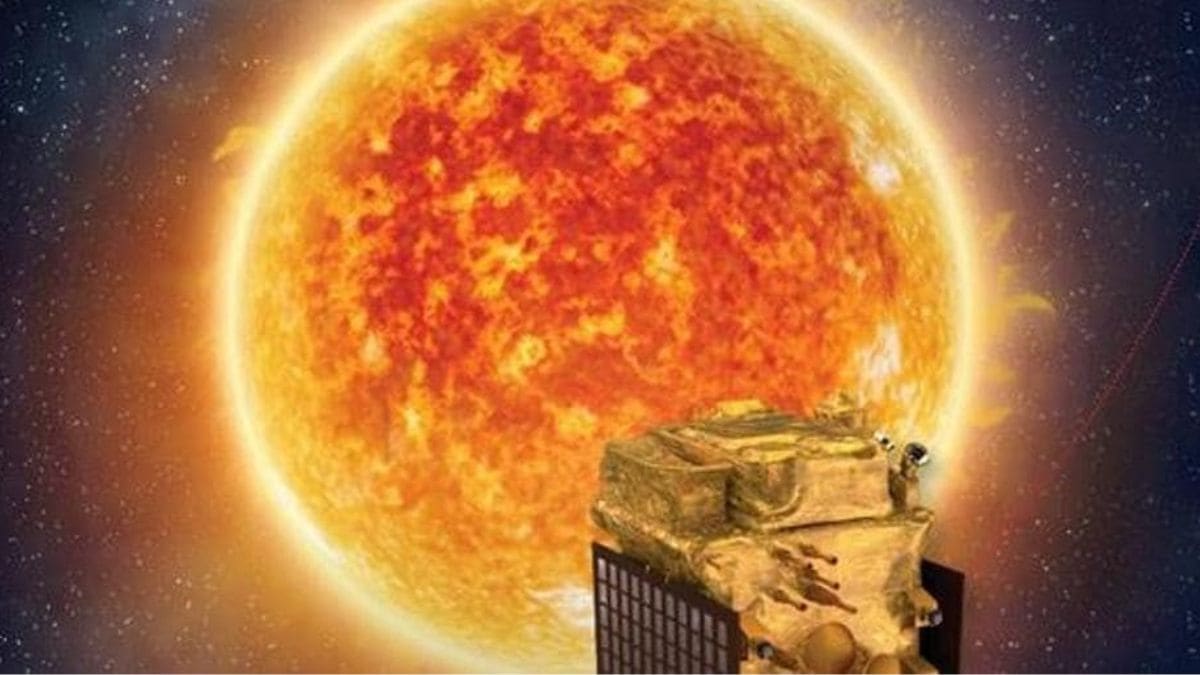

 View all Images
View all ImagesThe Indian Space Research Organisation (ISRO) is set to launch the European Space Agency's (ESA) Proba-3 mission on Wednesday, December 4, at 4:08 pm IST. The mission will take off from ISRO's Sriharikota spaceport in Andhra Pradesh using the Polar Satellite Launch Vehicle (PSLV).
This mission, a collaborative effort with ISRO's commercial arm NewSpace India Limited (NSIL), will carry two spacecraft, the Coronagraph and the Occulter, into a high Earth orbit. Proba-3's primary goal is to study the Sun's outer atmosphere, the corona, to help ESA scientists better understand solar activities and space weather.
Proba-3 mission: Launch Details and Vehicle Specifications
The PSLV launch, marking the 61st mission for the PSLV and the 26th for the PSLV-XL variant, will see the 44.5-meter-tall rocket place the Proba-3 satellites into orbit, with a combined payload of 550 kg. About 18 minutes after liftoff, the satellites will separate and enter their designated orbit. The spacecraft will have an orbital period of 19.7 hours, with an apogee of 60,530 km and a perigee of 600 km from Earth.
In preparation for the launch, ISRO scientists offered prayers at the Sri Venkateswara Swamy Temple in Tirumala, Tirupati, as part of the mission's launch rituals.
Also read: Asteroid near Earth collision prediction turns true, watch video of explosion here
One of the key features of the Proba-3 mission is its precision formation flying technology. The Coronagraph and Occulter spacecraft will fly in close formation, separated by just 150 meters. This formation will allow the Occulter to block the Sun's disc, providing a clear view of the Sun's corona for the Coronagraph. This innovative technology will enable continuous solar observations, similar to having a “solar eclipse on demand.”
Scientific Impact
Proba-3's study of the Sun's corona, which is hotter than the Sun's surface, will help scientists gather valuable data on solar phenomena. These phenomena, such as solar flares and coronal mass ejections, can disrupt satellite communications, GPS, and power grids on Earth, making this mission crucial for understanding space weather.
Also read: Apple Watch Series 10 for free: Complete this task to get a full refund - How this deal works
Proba-3 follows the success of ESA's previous Proba missions, Proba-1 and Proba-2, launched in 2001 and 2009, respectively. The mission aims to provide significant advancements in solar research and space weather monitoring, offering valuable insights for future space exploration missions.
Catch all the Latest Tech News, Mobile News, Laptop News, Gaming news, Wearables News , How To News, also keep up with us on Whatsapp channel,Twitter, Facebook, Google News, and Instagram. For our latest videos, subscribe to our YouTube channel.



